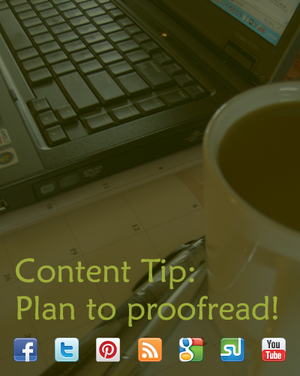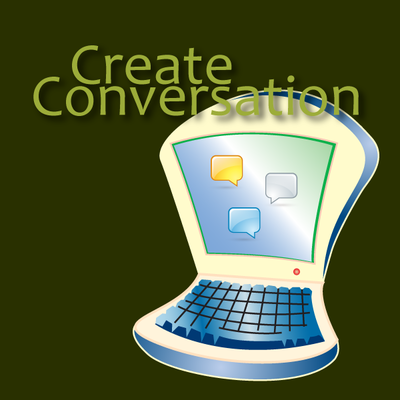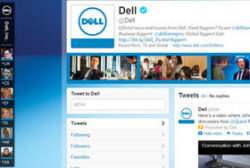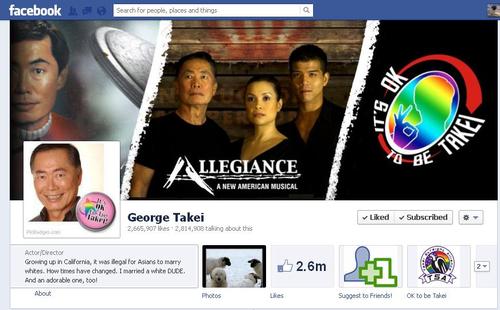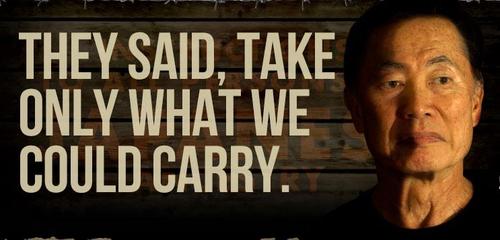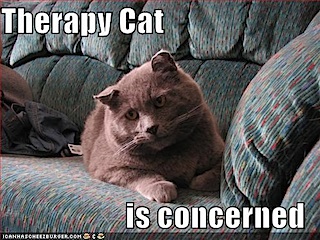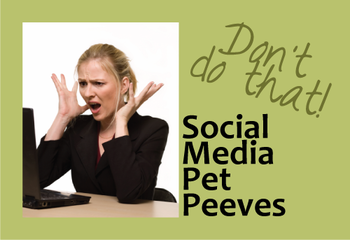 Everyday we see things in the world of social media that make us a little nutty. It’s nit picky and, for the most part, these things truly don’t matter. But maybe you have similar pet peeves: commiserate in the comments. Or feel free to disagree with us there - we’re good with that too.
Everyday we see things in the world of social media that make us a little nutty. It’s nit picky and, for the most part, these things truly don’t matter. But maybe you have similar pet peeves: commiserate in the comments. Or feel free to disagree with us there - we’re good with that too.
It’s a “blog post” (Or just a “post” - that works too.)
You didn’t just write a blog, you wrote a blog post - unless of course you plan to write about the “5 ways to master LinkedIn” everyday.
BTW, would you like to read my latest newspaper?
While we’re talking about blogs and blog posts…
Sharing the link to your latest blog (post?)
Once upon a few years ago, Twitter left links alone. If I put “http://wellmanwilson.com” in a tweet, that’s exactly what you saw! So, many bloggers used that to reinforce their brand or identity.
What some don’t seem to realize is that for the last two years, Twitter has been obscuring all those pretty, brand-awareness-building URLs to their own link shortener. So, that reason for doing this is gone.
But let’s look at this from the follower’s perspective. They see your catchy tweet intro, they click through two weeks later because they favorited that tweet and it’s GONE! The post isn’t there anymore. And the reason? Because you only shared your blog URL and not the permalink of the clever post you wrote. This is the point where we close your blog in our browser. We’d have to be pretty determined to go looking for the post.
This is a problem on Pinterest too.
Permalinks are your friend and they won’t annoy your followers.
Thanking followers (especially on Facebook)
We wouldn’t unfollow someone who does this (unless we never see anything else from them), but it doesn’t feel like the personal touch some claim. On twitter, at least you can do it with a mention and you know the new follower will see it (though it works a lot better if you look at their profile and comment on it…hint, hint).
But Facebook? You can’t tag individuals on your page and with that pesky EdgeRank keeping followers from seeing things, chances are most new fans aren’t going to see the message. Beyond that, what value is created for the other X number of fans you have in that post?
Taking semi-private discussions public (Twitter)
A tweet that starts with someone’s handle is only seen by the people who follow both you and the person you were tweeting. The reason for that is that middles of conversations truly aren’t relevant to everyone.
Some people take what should have been a reply and change the order of the tweet so that it now goes to their entire feed. Unless there is a reason to broadcast the conversation, keep it as a reply. It makes people’s feeds less noisy and when you do it by retweeting a reply it breaks the conversation thread - something many of us rely on if conversations happen over longer periods of time or if multiple people have been involved.
Posting links in the comments on facebook
Oh, EdgeRank dodgers, there are easier and far less annoying ways to reach your audience!!!
Consider this, you’re a user and you’re on a phone and clicking to the comments slows you down (A LOT), so you actively avoid clicking through to the comments to click the link.
What, my dear EdgeRank dodgers, will that do to your EdgeRank?
The bottom line is that if annoying your audience is the cost of reaching them, then the price is too high. We recommend avoiding that particular problem. A far simpler way to have a text update is simply to click X and close the thumbnail preview. There’s no need to post the link in the comments.
Linking Twitter to Facebook to LinkedIn to Pinterest
It’s *easy* to automate posting to a string of networks all at once. It takes no effort at all. The problem is, we’re likely going to unfollow you on all of those networks except for one because we don’t want to see the same thing ten times.
Facebook rule breakers
It’s not the small businesses, bloggers and others who don’t know the rules that get to us - learning everything about social media takes a lot of time. It’s people and entities that know the rules and still don’t follow them. We advise our clients to stay within the guidelines for their own protection. It takes a lot of time and effort to build up a solid following and we don’t want to see that ruined with their Page and content being taken down.
Do any of these bother you? Are there any we didn’t mention that bother you? Leave a comment and let us know!
 How often do you like a page or follow a brand because a friend (or friend of a friend) has recommended/liked it? Or because you like to support local businesses? I do this a lot, as evidenced by the 1,007 likes I have on my personal Facebook profile. The same goes for businesses using Twitter, Pinterest and Google+. I connect with businesses on every platform.
How often do you like a page or follow a brand because a friend (or friend of a friend) has recommended/liked it? Or because you like to support local businesses? I do this a lot, as evidenced by the 1,007 likes I have on my personal Facebook profile. The same goes for businesses using Twitter, Pinterest and Google+. I connect with businesses on every platform.


